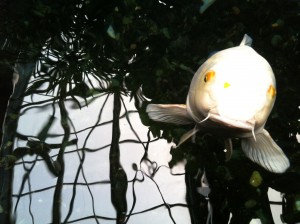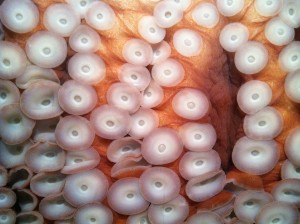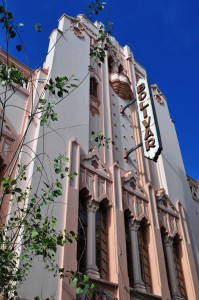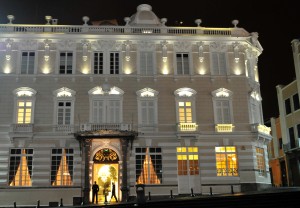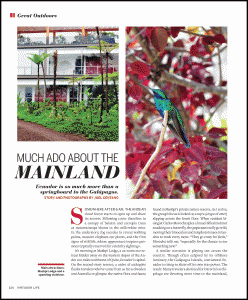“Today, with the explosion of camera apps on our smartphones, we’re all photographers,” says writer James Estrin, “and pretty good ones at that, since the quality of smartphone images now rivals that of digital cameras.” Truth be told, I was a reluctant convert, but Estrin’s recent article, “The Visual Village,” has helped show me just how significant a role smartphone cameras have played in expanding and reshaping the world, my own little sphere included.
In his article, which appeared in National Geographic’s October 2013 Photo Issue, Estrin adds: “There’s something powerful and exciting about the society-wide experiment the digital age has thrust upon us. [Smartphone cameras and social media] make it easier to tell our own stories–and they empower others to do the same. Many members of the media get stuck on the same narratives … and in the process miss out on the less dramatic images of daily life that can be as revealing.”
Embellished by smartphone photos taken from people around the globe, Estrin’s article also illustrates the many pros that this “democratization of photography” has spawned. True, the digital age has yielded a surfeit of selfies and images of people’s dinner plates that we could probably live without. But it’s also revealed stunning scenes of both beauty and brutality (in some cases even helping to bring down despotic regimes) that, in years past, would have gone unseen by the world at large.
While my conversion isn’t complete – I don’t intend to abandon my beloved Nikon DSLR and lenses anytime soon – Estrin’s insights also exemplify what I’ve most loved about my smartphone ever since my generous neighbors, the Nobles, took pity on me (I was too long trapped in the past with an antiquated flip phone) and gave me their extra iPhone: the ease it affords to capture and instantly disseminate what impresses me in my own diurnal routines.
“The Visual Village” also inspired me to share some of these shots, five at a time, in a recurring post, beginning now. Long live the smartphone revolution.
From top: Koi (Swansons Nursery, Seattle, WA), Japanese maple (Seattle Japanese Garden), octopus suckers (Seattle Aquarium), brushes (Fishermen’s Terminal, Seattle), Anya in awe (Carkeek Park, Seattle).

